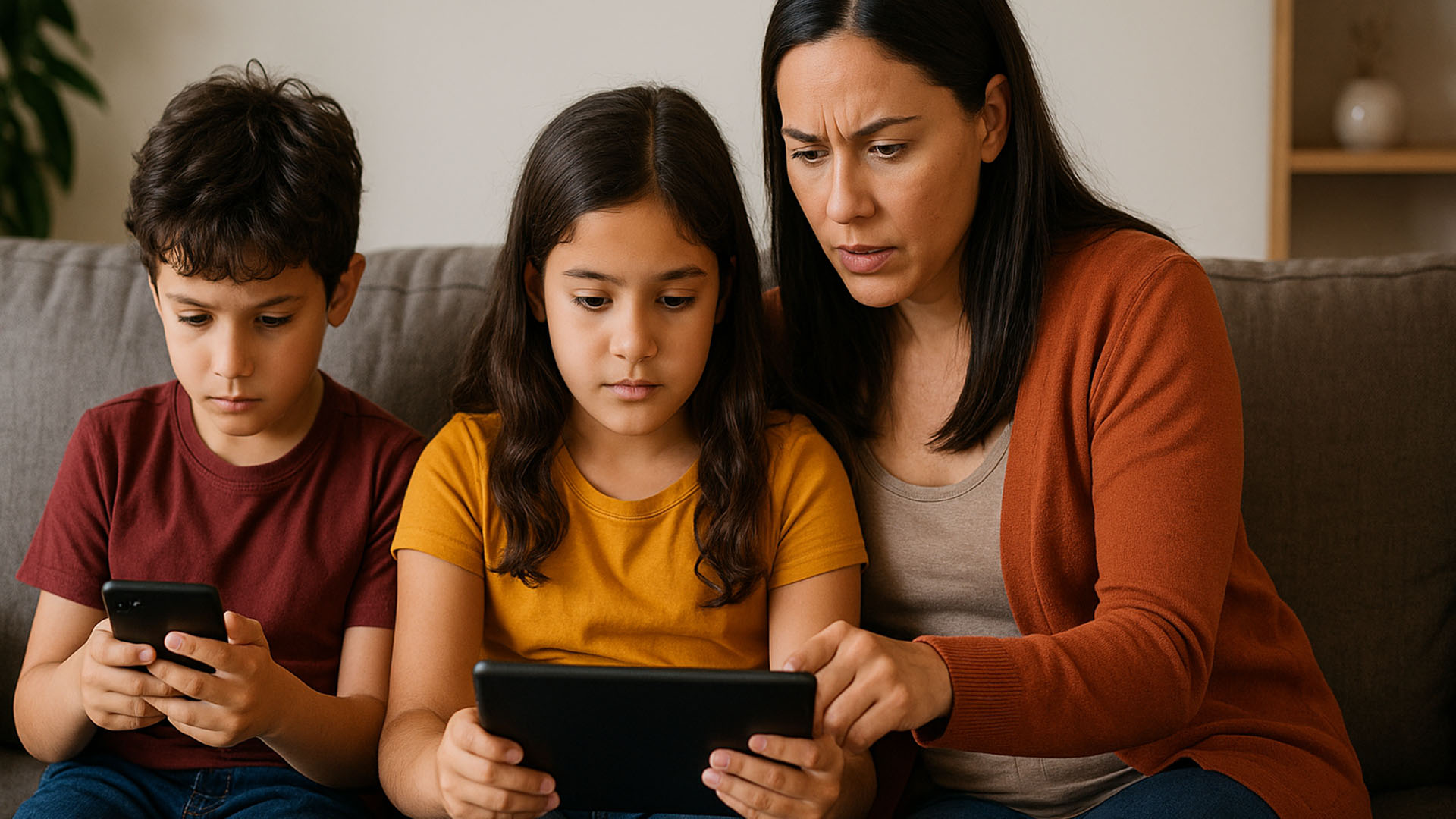In today’s world, children are growing up surrounded by technology. From educational apps to online games, the digital world offers incredible opportunities for learning and fun. However, it also comes with challenges, especially when it comes to safety and well-being. This article will explore how parents and caregivers can help children navigate the digital playground safely and happily, ensuring they get the most out of their online experiences while minimizing risks.
Understanding Digital Well-being
Digital well-being is about how the internet and technology make us feel and how we can look after ourselves and others when online [1]. It’s not just about limiting screen time, but also about fostering positive online habits, critical thinking, and resilience. For children, this means teaching them to recognize the impact of online interactions on their emotions and mental health.
The Importance of Online Safety
Online safety is paramount for children. The internet can expose them to inappropriate content, cyberbullying, and even online predators. Therefore, it’s crucial for parents to be proactive in creating a safe online environment. This includes setting clear rules, using parental controls, and having open conversations with children about their online activities [2].
Practical Tips for Parents
1. Open Communication
Regular conversations with your child about their online experiences are vital. Encourage them to talk about what they’re doing online, what apps and sites they use, and who they interact with. This creates a safe space for them to share any concerns or uncomfortable situations they might encounter [3].
2. Set Clear Boundaries and Rules
Establish clear rules for internet usage, including screen time limits, appropriate websites, and privacy settings. Involve your children in setting these rules so they feel a sense of ownership and are more likely to adhere to them. Tools like Google Family Link can help manage screen time and app usage [4].
3. Utilize Parental Controls
Parental control software and settings on devices, apps, and browsers can help filter inappropriate content, manage purchases, and track activity. While not foolproof, they add an important layer of protection. Always remember to update these controls regularly [5].
4. Teach Critical Thinking and Media Literacy
Empower children to think critically about the information they encounter online. Teach them to question sources, identify fake news, and understand the difference between reliable and unreliable content. Resources like Google’s “Be Internet Awesome” program offer fun and interactive ways to teach digital citizenship [6].
5. Be a Role Model
Children often learn by observing. Model responsible and healthy online habits yourself. Show them how you manage your screen time, interact respectfully online, and protect your privacy. Your actions speak louder than words.
Q&A
Q1: How much screen time is appropriate for my child?
A1: The appropriate amount of screen time varies by age. For children aged 2-5, experts recommend limiting screen use to 1 hour per day of high-quality programming. For older children, focus on consistent limits and ensuring screen time doesn’t interfere with sleep, physical activity, and other healthy behaviors [7].
Q2: What should I do if my child is being cyberbullied?
A2: If your child is experiencing cyberbullying, it’s important to act quickly. Save evidence of the bullying, block the bully, and report the behavior to the platform or school. Most importantly, provide emotional support to your child and reassure them that it’s not their fault [8].
Q3: Are there any good educational apps that are also safe?
A3: Yes, many educational apps are designed with child safety in mind. Look for apps that are ad-free, have strong privacy policies, and offer age-appropriate content. Websites like Common Sense Media provide reviews and recommendations for safe and educational apps and websites [9].
Sources
[1] Internet Matters. (n.d.). Children’s Wellbeing in a Digital World Index 2025. https://www.internetmatters.org/hub/research/childrens-wellbeing-in-a-digital-world-index-report-2025/
[2] UN. (n.d.). Child and Youth Safety Online. https://www.un.org/en/global-issues/child-and-youth-safety-online
[3] NSPCC. (n.d.). Supporting children’s wellbeing online. https://www.nspcc.org.uk/keeping-children-safe/online-safety/online-wellbeing/
[4] Google Safety Center. (n.d.). Online Safety for Children & Families. https://safety.google/families/
[5] Schools.nyc.gov. (n.d.). Tools for Keeping Children Safe Online. https://www.schools.nyc.gov/learning/digital-learning/applications-and-platforms/tools-for-keeping-children-safe-online
[6] Google. (n.d.). Be Internet Awesome. https://beinternetawesome.withgoogle.com/
[7] American Academy of Pediatrics. (n.d.). Screen Time Guidelines. https://www.healthychildren.org/English/media/Pages/default.aspx
[8] StopBullying.gov. (n.d.). What is Cyberbullying. https://www.stopbullying.gov/cyberbullying/what-is-cyberbullying
[9] Save the Children. (n.d.). Free Educational Websites and Apps for Kids to Learn at Home. https://www.savethechildren.org/us/charity-stories/free-websites-and-apps-to-keep-kids-learning








0 Comments